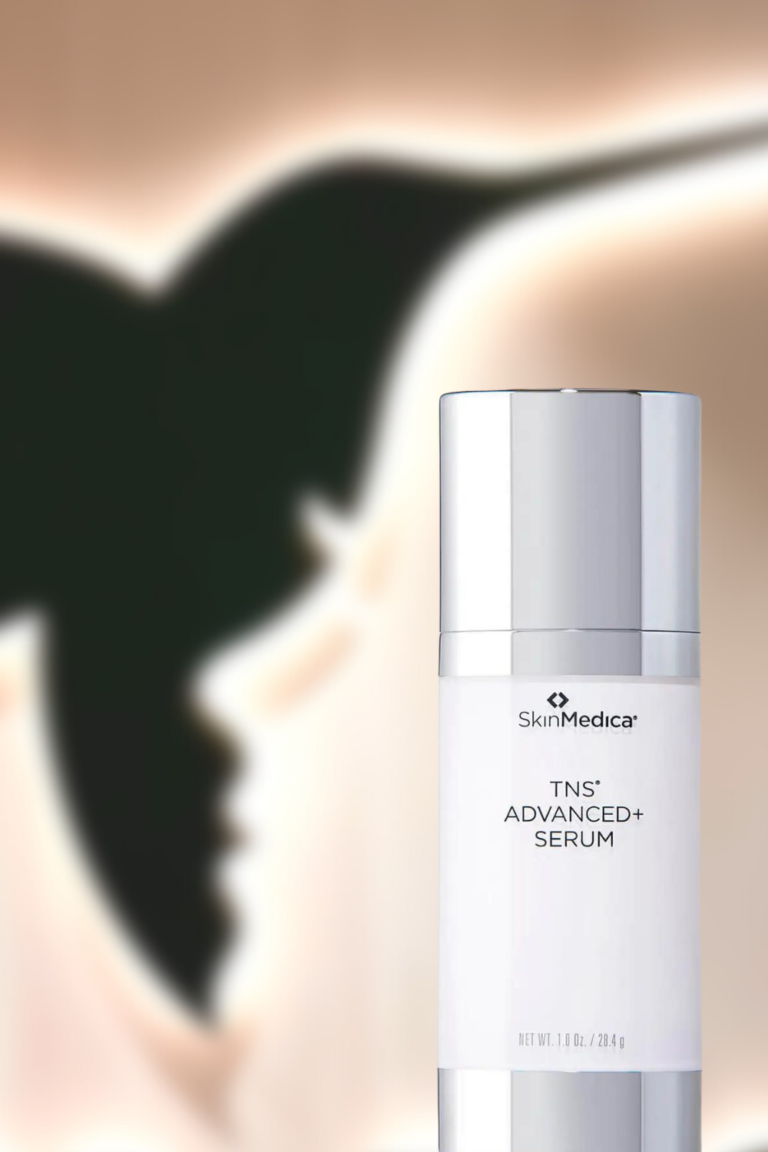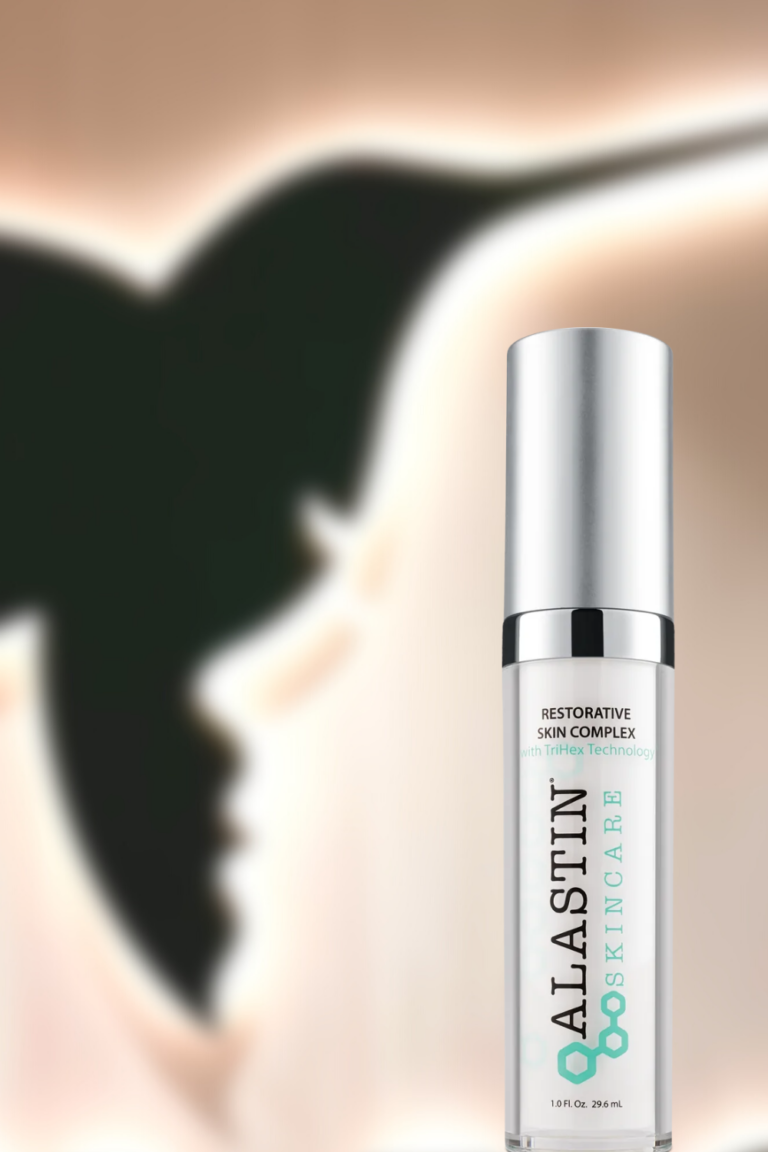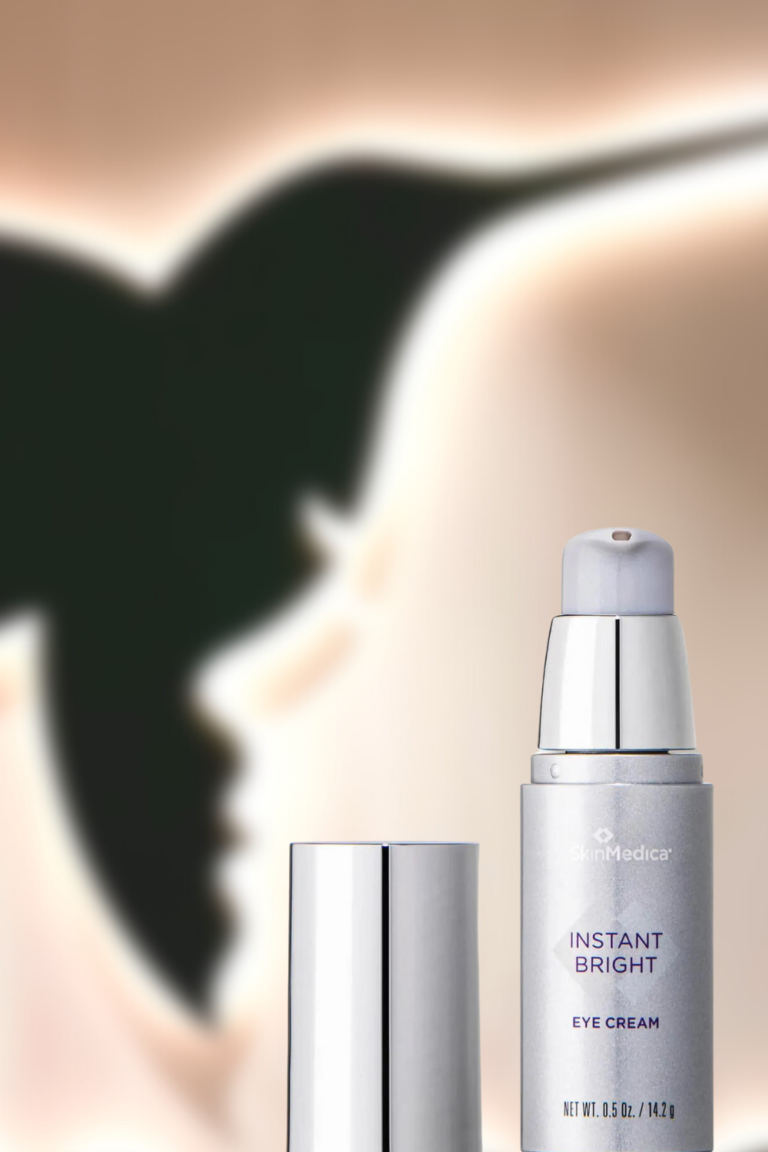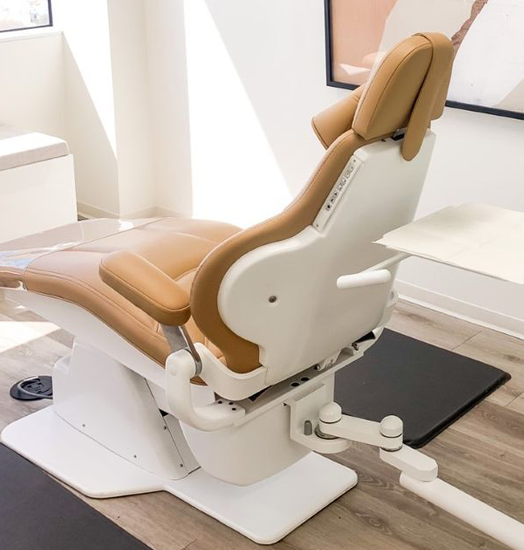 Have you ever had a nervous twitch in your eye when you are tired or stressed? That is a blepharospasm. It can present as a twitch, tic or uncontrolled blinking of the eye, and for some individuals, it can become increasingly persistent over time. This is one of the many conditions that have shown promising results with the treatment of Botox (onabotulinumotxinA). Botox is a medication found beneficial for many uses to treat a variety of medical conditions, including benign essential blepharospasm. The condition affects over 50,000 people nationwide, including celebrities!
Have you ever had a nervous twitch in your eye when you are tired or stressed? That is a blepharospasm. It can present as a twitch, tic or uncontrolled blinking of the eye, and for some individuals, it can become increasingly persistent over time. This is one of the many conditions that have shown promising results with the treatment of Botox (onabotulinumotxinA). Botox is a medication found beneficial for many uses to treat a variety of medical conditions, including benign essential blepharospasm. The condition affects over 50,000 people nationwide, including celebrities!
First, let us review all of the treatment options for patients with a persistent periocular twitch. If you notice spasm of the eye or eyelid occurring, consider the cause. Many people find photophobia, or an increasing sensitivity to sunlight, to be a contributing factor. If it seems more persistent in the bright light of day, try adding sunglasses to your daily regimen. This protection will not only prevent the spasm, but will also prevent sun damage to your eyes and delicate skin surrounding them. The second primary cause of blepharospasm is dry eyes. If you notice this spasm is occurring during winter months or when you are exposed arid climates, try artificial tear drops daily or twice daily. If these treatments fail to alleviate the spasm, you may be a candidate for a Botox treatment. In studies, patients who used Botox to treat benign essential blepharospasm noticed substantial improvements. One study notes that 95% of participants received significant improvement after a single treatment with Botox.
How does Botox do this? The pathophysiology of how Botox works temporarily prevents the release of acetylcholine at nerve endings, resulting in temporary paralysis of that specific muscle. Like any medication, Botox is dose dependent, meaning that treatment response and duration are both directly correlated to volume, or dosing, of Botox. According to studies, a dosing of 20-28 units per eye seemed to cause relief of blepharospasm for a period of 3-6 months. There have been additional studies showing its safety and efficacy over a 10 year period. After all, one of the first treatments indications for Botox was not cosmetic, but instead for medical conditions. Ophthalmologists were the first to catch on to the idea that treating the medical conditions around the eye seemed to soften fine lines. As a matter of fact, the muscles injected for treatment of blepharospasm are the same muscles (only a different WAY) we inject for cosmetic softening of fine lines and wrinkles.
To understand the impact that blepharospasm can have on the quality of people’s lives, THIS interesting 1920’s era video shows just how debilitating this condition can be; without a solution like Botox on hand at that time, psychotherapy was the recommended first-line modality of treatment. While no longer generally accepted as a standard first-line of care for these conditions, there are anecdotal reports of patients getting positive relief from powerful cases of blepharospasm from non-medical interventions. In THIS report from the tabloid press in the United Kingdom, a woman reported that she gets relief from her involuntary eyelid closure from singing. Finally, and in a rather startling example of how blepharospasm can have a major impact on everyday activities, THIS study of sixty-six blepharospasm patients published in the Journal of the Neurologic Sciences reported a 40% traffic accident rate in this patient population due to the higher rate of visual impairment.
If you are suffering from a persistent, pesky twitch or blink of the eyelid, you can receive medical and cosmetic benefits from a treatment of Botox. HERE is a more extensive review of the condition and how it directly affects the quality of life of those affected. For blepharospasm concerns, turn to your Ophthalmologist, but if all of that squinting in the sunlight has given you crow’s feet around your eyes or bunny lines on the sides of your nose, we at Skin by Lovely are here to help.
Botox and Blepharospasm

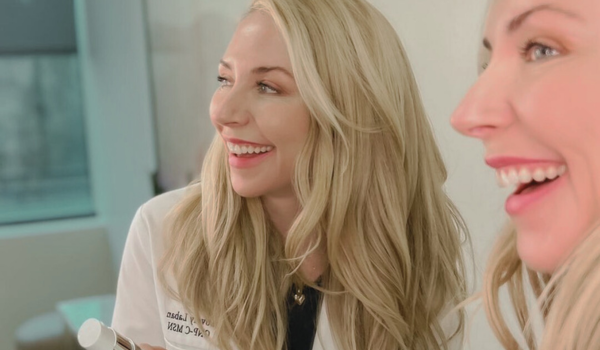

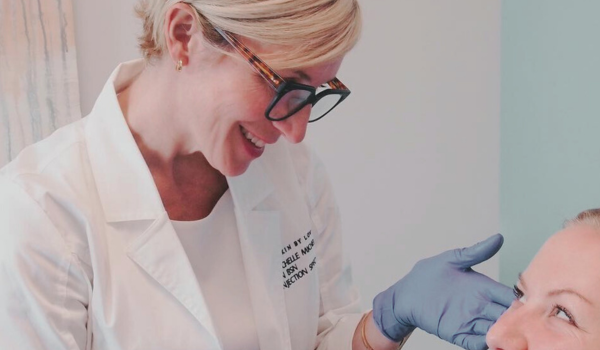
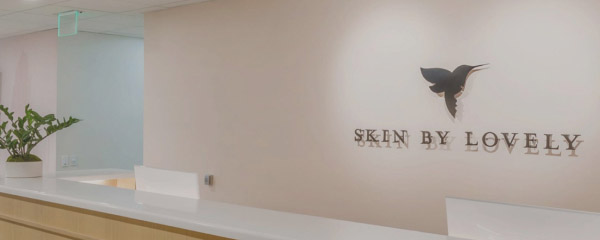

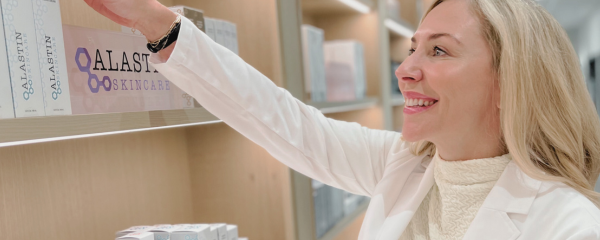

 Have you ever had a nervous twitch in your eye when you are tired or stressed? That is a blepharospasm. It can present as a twitch, tic or uncontrolled blinking of the eye, and for some individuals, it can become increasingly persistent over time. This is one of the many conditions that have shown promising results with the treatment of
Have you ever had a nervous twitch in your eye when you are tired or stressed? That is a blepharospasm. It can present as a twitch, tic or uncontrolled blinking of the eye, and for some individuals, it can become increasingly persistent over time. This is one of the many conditions that have shown promising results with the treatment of 